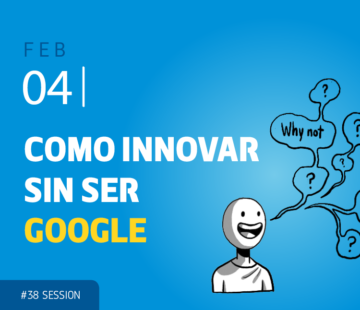Collaboration is a Science. The good news is the MIT is researching on it.

Are we smarter when we work collaboratively?
Depending to who (and probably when) you ask, a very different answer could be given. Several years ago, James Surowiecki popularized the “wisdom of crowds” effect in the book that coined that term, arguing that the aggregation of information in groups results in decisions that are often better than could have been made by any single member of the group. But, on the other hand, we all have also painfully experienced how is possible to have very ineffective groups made up of very smart people. In another bestseller, Quiet, author Susan Cain argued about how organizations undervalue the work and potential of introverts because the social and business cultural obsession with “teamwork”.
So, as usual, the more correct answer to that question is “it depends”. The problem is, we do not know enough about the factors involved in this “it depends”, which is a big ignorance considering we are entering an era in which the concepts of “crowd” or “co-“ are becoming so critical for business and organizations. As we know, different factors push into the direction of making everything more “open” and collaborative, including of course innovation. New communication technologies now allow huge numbers of people all over the planet to work together in new ways. In an increasingly networked world, strict hierarchies are becoming less viable. A new decentralized “bottom-up” management model is needed. And nevertheless, we still do not seem to pay enough attention to understand how collective intelligence works.
The Center for Collective Intelligence at MIT represents an important exception. This first-of-its-kind research effort draws on the strengths of many diverse organizations across the Institute, including the MIT Media Lab, the Computer Science and Artificial Intelligence Laboratory, the Department of Brain and Cognitive Sciences, the MIT Sloan School of Management, and the Dalai Lama Center for 21st Century Ethics and Transformative Values. The Center is laying the foundation for a new multidisciplinary field that involves research challenges impossible to deal with if not from a variety of disciplinary and methodological perspectives. This is why works and projects currently developed by the Center involve leading researchers from as different fields as computer science, biology, economics, psychology, social psychology, organizational theory, law and communications.
Understanding collective intelligence
The mission of the Center is to understand collective intelligence at a deeper level that we do today, answering the question of how can people and computers be connected so that collectively they act more intelligently than any person, group, or computer has ever done before. The answering of this question leads to a view of organizational effectiveness that is very different from the prevailing wisdom of the past. It also suggests different ways of thinking about issues as collective productivity, teamwork or leadership, opening up other new questions as what would it mean for a group of people to be “intelligent” or what can we learn from the ways human brains are organized that might suggest new ways to organize groups of people to perform intelligently.
Basically, the Center for Collective Intelligence develop three types of activity. The first one consists in studying collective intelligence in organizations. These studies include different research projects as, for instance, “Sensible Organizations”, a project using new sensors embedded in wearable “social badges” to systematically analyze organizations at a much finer grained level than has been done before; or “Collaborative Innovation Networks”, a research to help organizations increase knowledge worker productivity and innovation.
Secondly, the Center is also developing theories of collective intelligence by observing the new organizational design patterns that arise, especially in the business world. They have looked at more than 200 examples of what they consider interesting cases of collective intelligence, including Google, Wikipedia, the Linux community, Threadless, and InnoCentive. They call this work “mapping the genomes of collective intelligence”, and includes developing a taxonomy of organizational building blocks that can be combined and recombined to tie together the intelligence of crowds. These works also include examining the factors that affect the “collective intelligence” of a group and using the same statistical techniques used in individual intelligence tests to measure the intelligence of groups.
Finally, the Center for Collective Intelligence is also creating new examples of collective intelligence. The biggest project in that area is called the Climate CoLab, where they’re harnessing the collective intelligence of thousands of people all over the world, to come up with new ideas for solving the problems of climate change. As of February 2016, nearly 50,000 people have registered as members and over 1,500 proposals have been submitted. In addition to members of the general public, the community includes over 200 experts on climate change and related topics who serve as Advisors, Judges, and Fellows. The 2015 activities included 15 contests on a range of topics from how to reduce emissions from electric power generation to how towns can adapt to changes brought on by climate change. Nearly 400 proposals were submitted.
Massachusetts Institute of Technology (MIT) Center for Collective Intelligence
